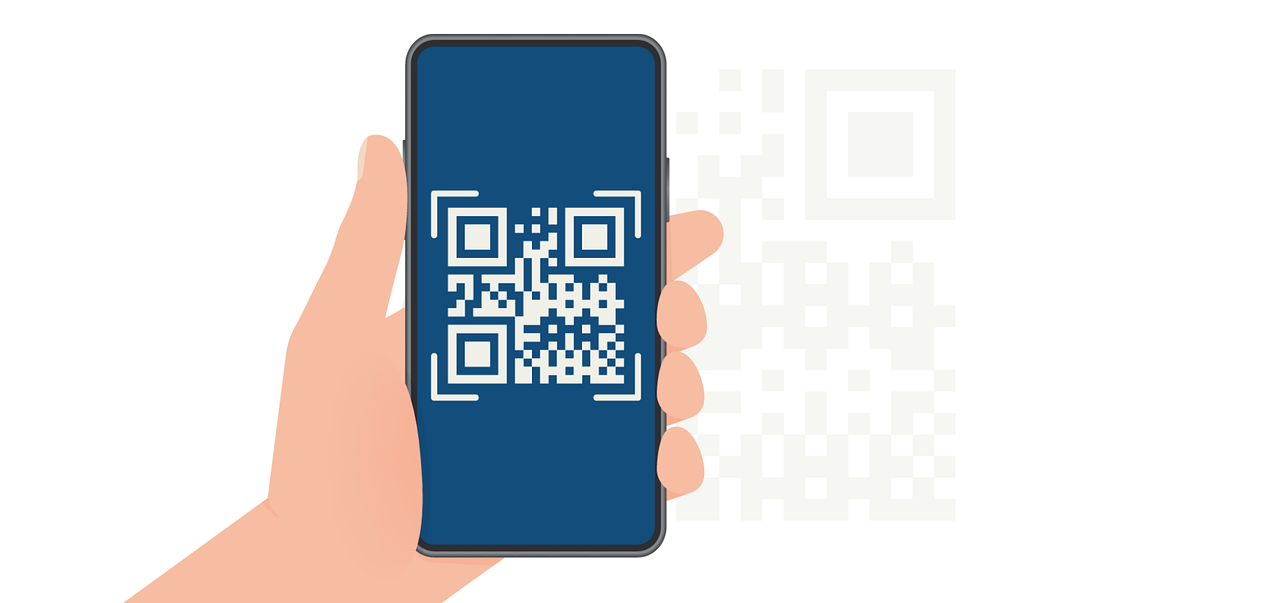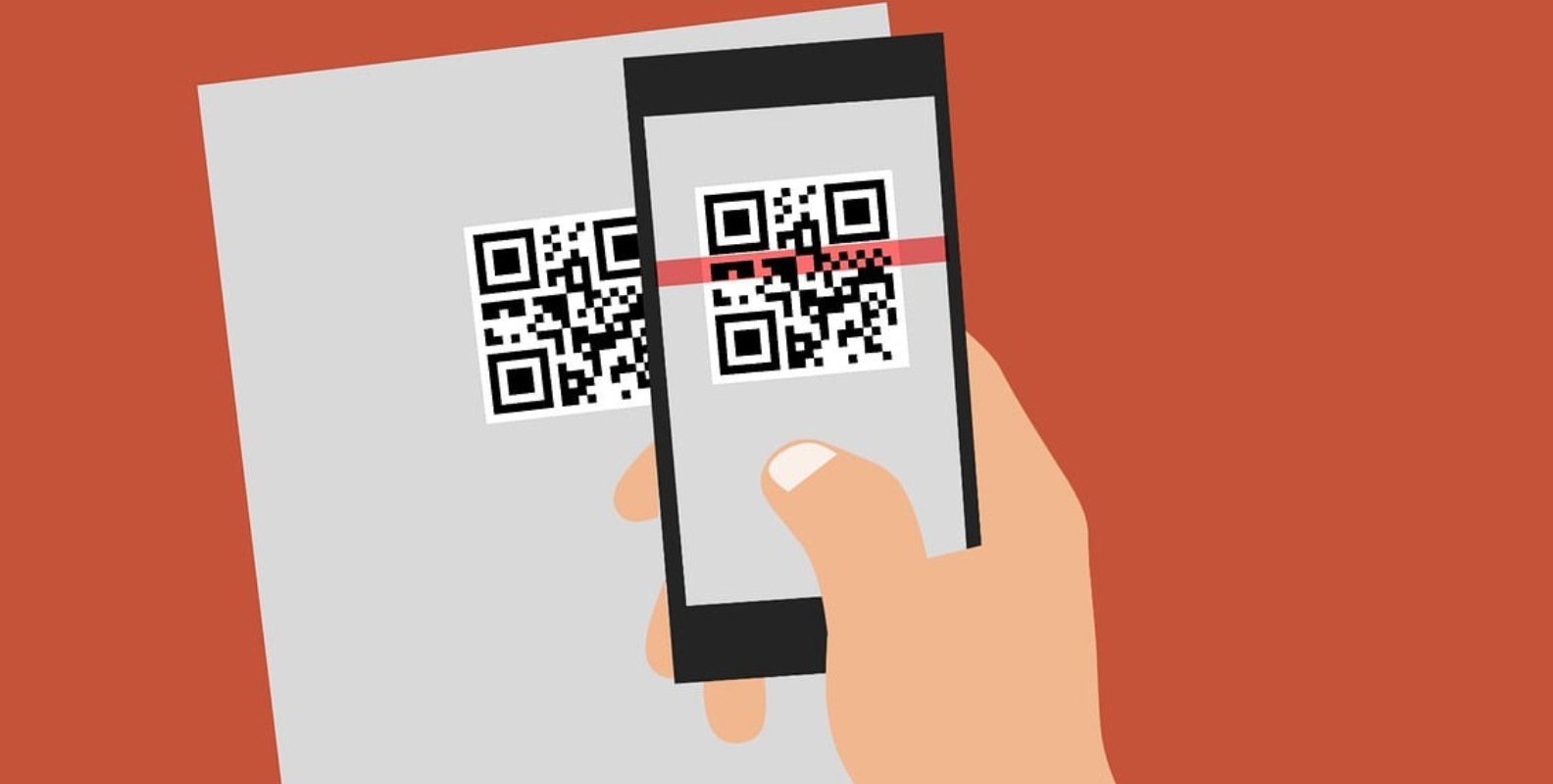The complete guide to creating QR codes that actually work
Learn how to generate QR codes easily with our step-by-step guide, tailored for beginners and pros. Boost your marketing and engagement today!

Want to create QR codes? Pick a generator tool, enter your content, tweak the design if needed, and download. It really is that simple, but there's more to know if you want codes that truly deliver results.
Why everyone's using QR codes
Remember when QR codes seemed like a fad? Those days are long gone. Walk into any restaurant, retail store, or business event, and you'll spot these pixelated squares everywhere. They've become the invisible bridge connecting our physical world to digital experiences and for good reason.
Think about it: when was the last time you typed a long URL from a poster? Exactly. QR codes have solved that friction point beautifully. Whether you're running marketing campaigns, managing events, or simply trying to share information efficiently, understanding QR code generation has shifted from "nice to have" to "absolutely essential."
This guide walks you through everything from basic code creation to advanced techniques like bulk generation and dynamic codes. No fluff, just practical advice you can use right away.
Quick Primer: What makes QR codes tick
Before diving into the how-to, let's clear up what these codes actually are. QR stands for "Quick Response" and that name isn't just marketing speak. These two-dimensional barcodes can hold surprisingly diverse information: website links, contact details, WiFi passwords, payment information, and much more.
What makes them particularly powerful:
- Universal compatibility: Nearly every smartphone camera doubles as a QR scanner these days
- Instant access: No app downloads needed, just point and scan
- Flexible storage: From simple text to complex data structures, QR codes adapt to your needs
- Error correction: Even partially damaged codes often scan successfully
The beauty lies in their simplicity. While the technology behind them is sophisticated, using them couldn't be more straightforward.
Creating your first QR code: A walkthrough
Ready to generate your own? Here's the straightforward process that works every time:
The basic steps
- Pick your tool
Start with trusted generators like Canva's QR tool, Adobe Express, or dedicated platforms like QR Code Generator. Each has its strengths—Canva excels at design integration, while specialized tools offer more data options. - Choose your content type
What should happen when someone scans? Open a website? Save contact info? Connect to WiFi? Your choice here determines everything else. - Input your information
Enter your URL, text, or data. Pro tip: always double-check URLs, a typo here means reprinting everything. - Style it
Plain black-and-white codes work fine, but branded codes with colors and logos often see better engagement. Just ensure contrast remains high enough for reliable scanning. - Download and deploy
Save in the format you need. PNG for digital use, SVG for print materials that might be resized. Higher resolution is always better for print.
The static vs. dynamic decision
Here's where many people get stuck. Let me break it down simply:
Static codes are like carved stone. Once created, the content never changes. Perfect for business cards, permanent installations, or anywhere the information stays constant.
Dynamic codes are more like whiteboards, you can update the destination or content anytime without changing the physical code. Ideal for marketing materials, menus, or anything that might need updates.
How to Create a Trackable QR Code
A trackable QR code, often called a dynamic QR code, allows you to see when, where, and how often your code is scanned. To create one, choose a QR code platform that supports tracking features, enter your target URL or file, and generate a dynamic QR code instead of a static one. This type of code stores the link on the provider’s server, which means you can update the destination later without reprinting the code. Once created, you gain access to analytics dashboards that show scan numbers, locations, and device types. Trackable QR codes are especially useful for marketing campaigns, events, or print materials, where measuring engagement makes all the difference.
PDF QR Codes: A smarter way to share documents
Ever struggled with attachments at a trade show or dug through emails to find a brochure? A QR code solves that instantly: scan, and the PDF opens right on the smartphone, no apps, no searching.
The value lies in simplicity and accessibility. A property sign can lead to floor plans, a product label to instructions, a badge to a portfolio. With over 85% of adults carrying a smartphone, QR-linked PDFs reach people anytime, anywhere.
Technically, the code doesn’t store the file itself, but the link to it. That keeps codes small, lets you update the document later (with dynamic codes), and ensures fast loading. Hosting can be done via your website, Google Drive, or specialized platforms.
For businesses, PDF QR codes reduce printing, streamline access, and support automation. Whether in real estate, manufacturing, events, or education – they bridge physical and digital touchpoints seamlessly.
Matching QR code types to real-world needs
Not all QR codes serve the same purpose. Here's a practical breakdown to help you choose:
The choice isn't just technical, it's strategic. Static codes cost nothing and last forever. Dynamic codes require a service subscription but offer flexibility and insights that often justify the expense. If you're considering scaling up your QR code usage, check out the transparent pricing structures offered by leading platforms before making your decision.
Unlocking the power of dynamic QR codes
Let's dig deeper into dynamic codes, they're game-changers for serious business use.
Setting up dynamic codes
The process resembles static code creation, with key differences:
- You'll need an account with a service provider (many offer free trials)
- Instead of embedding data directly, the code points to a redirect URL
- You gain access to a dashboard for editing and analytics
Popular platforms like QR Code Generator, Beaconstac, and QRCodeChimp make this process intuitive. Most walk you through setup with clear prompts and preview options.
Why businesses love dynamic codes
Imagine printing 10,000 flyers with QR codes, then discovering a typo in your landing page URL. With static codes, you're looking at a costly reprint. With dynamic codes, you fix it in seconds from your computer.
But editing isn't the only advantage:
- Real-time analytics: See when, where, and how often people scan
- A/B testing: Switch between different landing pages to test effectiveness
- Campaign management: Set expiration dates or scan limits
- Geographic insights: Understand where your audience engages most
Restaurant owners update menus without reprinting. Event organizers change session details on the fly. Marketers track campaign performance with precision. The flexibility transforms how businesses operate.
Bulk generation: Creating hundreds of codes efficiently
Need QR codes for every product in your inventory? Every attendee at your conference? Manual creation isn't realistic—you need bulk generation.
The bulk creation process
Here's how professionals handle mass QR code generation:
The time savings are dramatic. What would take hours manually happens in minutes, with consistent formatting and zero errors.
Smart applications for bulk codes
Consider these scenarios where bulk generation shines:
- Manufacturing: Unique codes for product authentication and warranty tracking
- Events: Personalized attendee badges with embedded contact information
- Education: Assignment submission codes for each student
- Certificates: Verification codes that confirm document authenticity
- Loyalty programs: Individual member codes for point tracking
Each use case benefits from automation and consistency that manual creation can't match.
Choosing the right QR code platform
The market offers dozens of QR generators. Here's an honest comparison of popular options:
Making the right choice
Your needs dictate the best platform:
- Occasional personal use: Free tools like Canva work perfectly
- Small business with basic tracking: QR Code Generator's free tier often suffices
- Marketing teams needing insights: Invest in Beaconstac or similar pro platforms
- Enterprise deployment: Look for white-label options and API access, or consider using solutions like the PDF API to automate document creation with embedded codes.
Start with a free option and upgrade when you hit limitations.

Design customization without breaking functionality
Branded QR codes perform better than generic ones fact. But poor customization can render codes unscannable. Here's how to customize effectively:
Safe customization options
- Colors: Keep high contrast. Dark patterns on light backgrounds work best
- Logos: Center placement usually works, but keep it small (under 30% of code area)
- Patterns: Rounded dots or custom shapes can work if testing confirms scannability
- Frames: Adding context like "Scan Me" or your call-to-action boosts engagement
Testing is non-negotiable
Never skip testing customized codes. What looks great on screen might fail in real conditions:
- Test with multiple phone models (iOS and Android)
- Try different lighting conditions
- Check from various distances
- Verify on different surfaces if printing
One client learned this lesson expensively. Their beautifully designed codes with gradient colors looked stunning but wouldn't scan reliably. The reprint cost more than professional design would have.
Professional best practices from the field
After working with countless QR implementations, these practices consistently deliver results:
- Size matters: Print codes at least 2x2 cm (about 0.8 inches square) for reliable scanning
- Context is king: Always tell users what happens when they scan
- Backup options: Include short URLs or text alternatives for accessibility
- Secure destinations: Use HTTPS links—many phones warn about or block HTTP
- Monitor performance: Check analytics regularly and optimize based on data
- Plan for longevity: Consider where codes will appear in five years
Advanced optimization tips
Going beyond basics:
- Landing page optimization: Create mobile-specific landing pages for QR traffic
- UTM tracking: Add campaign parameters to URLs for deeper analytics
- Progressive disclosure: Don't overwhelm—guide users step by step after scanning
- Time sensitivity: For limited offers, clearly show expiration dates
- Offline capability: Consider what happens if users scan without internet
Browser-based quick generation
Sometimes you need a QR code immediately. Modern browsers have you covered:
In Google Chrome:
- Navigate to your target webpage
- Click the share button in the address bar
- Select "Create QR Code"
- Download instantly
This works great for quick sharing during presentations or meetings. Firefox and Edge offer similar features. While customization options are minimal, the speed and convenience can't be beaten for impromptu needs.
Security considerations you can't ignore
QR codes themselves are secure, they're just data storage. But what they link to requires careful consideration.
Protecting your users
- Destination verification: Regularly check that linked content remains appropriate
- URL shorteners: Be cautious, they can obscure malicious redirects
- Data collection: If gathering user information, comply with GDPR/CCPA requirements
- Authentication: For sensitive applications, implement additional verification beyond the QR code
Industry-specific requirements
Different sectors face unique challenges:
- Healthcare: HIPAA compliance for patient data access
- Finance: Multi-factor authentication for payment codes
- Events: Preventing ticket duplication and unauthorized transfers
- Manufacturing: Anti-counterfeiting measures and supply chain tracking
Work with legal and compliance teams when implementing QR codes in regulated industries.
Real-world success stories
Let's look at how different industries leverage QR codes effectively:
Retail revolution: A clothing retailer added QR codes to tags, linking to styling videos and size guides. Result? 40% fewer returns and increased customer satisfaction.
Restaurant transformation: Post-2020, a restaurant chain's QR menu system not only replaced physical menus but enabled real-time updates for out-of-stock items and daily specials. Order accuracy improved by 25%.
Event excellence: A conference organizer used dynamic QR codes for 5,000 attendee badges. When a keynote speaker cancelled last-minute, they instantly updated all affected session codes to show schedule changes.
Education innovation: A university implemented QR codes on campus maps, linking to indoor navigation and accessibility information. Students particularly appreciated real-time updates about elevator outages or construction detours.
Healthcare efficiency: A hospital system added QR codes to patient wristbands, giving authorized staff instant access to medical records while maintaining HIPAA compliance through secure authentication.
FAQ - Frequently asked questions
Can I create QR codes without paying anything?
Absolutely. Many platforms offer free static QR code generation with no strings attached. Canva, Adobe Express, and others provide unlimited free codes for basic use.
Do free dynamic QR codes exist?
Yes, but with limitations. Most platforms offer a few free dynamic codes or limited scans per month before requiring payment. It's usually worth the investment for business use.
Are online QR generators trustworthy?
Stick with established platforms and you'll be fine. Avoid generators that require unnecessary permissions or personal information for basic code creation.
What's the fastest way to generate multiple codes?
Bulk generation through platforms like Uniqode or QR Code Generator Pro. Prepare your data in a spreadsheet, upload, and receive all codes within minutes.
How much can I customize without breaking the code?
Quite a bit, actually. You can change colors, add logos, and modify patterns while maintaining functionality. The key is maintaining contrast and testing thoroughly.
What file format should I use for QR codes?
PNG works for most digital applications. Use SVG for print materials that might be resized. PDF for professional printing. Always save at the highest resolution available. If you want seamless integration of QR codes into your documents, tools like a PDF builder can simplify the process while ensuring print quality.


